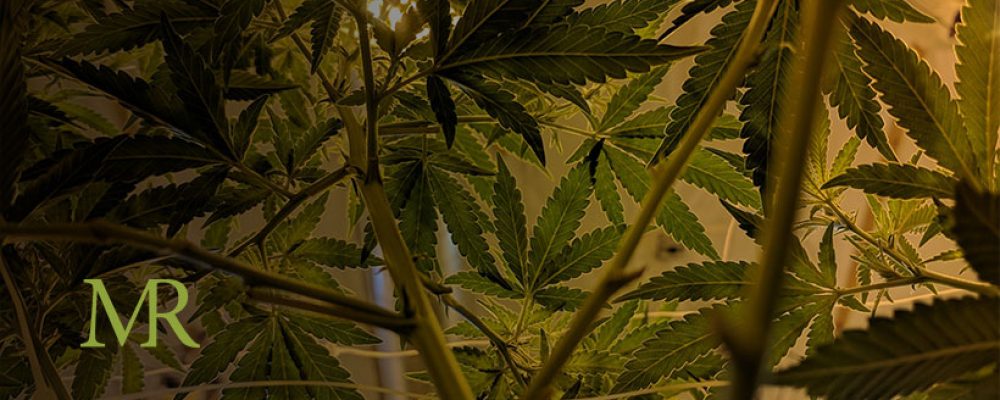There’s an intelligent, environmentally-friendly and efficient way to operate a cannabis business. It just takes some information gathering and planning to create a sustainable cannabis business that aligns with environmental regulations.
Regulations galore
The cannabis industry is rife with layers upon layers of regulations. Every project should carefully consider all rules and mandates and build them into the plan — from engineering to design to production to quality control. Take it one notch higher. Consider approaching the standard business model from a different perspective via a robust environmental plan. Use your innovation as an opportunity to promote sustainability across the industry.
Here three key areas to make your cannabis business sustainable, environmentally friendly, and compliant.
1. Value water
Water is a precious resource and one of the main areas of dispute where I live and grow. In Oregon, once recreational cannabis was legalized in 2014, legislation defined it as a farm crop. This means that cannabis is not only protected under Oregon’s Right to Farm laws, it is also subject to the state’s agriculture water quality rules. Some counties require a water right permit, indicating water is available from either a public or private water source. Other counties need proof from the Oregon Water Resources Department that the property doesn’t require a water right.
Agriculture, by nature, generally needs lots of water. Growing cannabis in a controlled indoor environment can offer up plenty of opportunities for efficiency and recycling.
No matter what the regulations are, it’s crucial to manage water use carefully, recycling and reusing it when possible. For example, create a closed-loop system using dehydrators to capture condensate back into water and return it to the distribution system for future watering needs. Water application methods and filtration processes are essential components of an effective (and compliant) environmental plan.
2. Intelligent power
Inefficient use of power can be a significant drain on profit margins. When investigating integrating new technologies, carefully evaluate sustainability, environmental impacts, and efficiency — and investigate short-and-long-term effects. Include your energy provider in project planning and process-improvement research. This resource can help you steer clear of inefficiencies or obsolete technology. They can help locate rebates for high-efficiency systems, retrofitting options and translate that data into cost savings.
For indoor cultivation operations, swapping regular bulbs for LED can translate into energy cost savings and reduced environmental impact. That’s good for the bottom line – and might be attractive to conscious consumers, too.
3. Reduce and manage waste
Cannabis cultivation generates waste that is strictly regulated. Waste comes from three primary areas: agricultural inputs, equipment, and product packaging. From this, the material can be categorized as either organic, recyclable, universal, or hazardous.
When planning operational tasks and needed supplies, consider the sources of the resources required, and evaluate whether they align with your overall environmental plan. Purchase items made from natural, compostable, recycled, or second-hand materials if available. Environmental considerations apply to product packaging, too. Consider compliant packaging that minimizes extraneous material usage.
If recycling is available in your area, incorporate a recycling program at your facility, and actively manage it to ensure compliance. Sticking to a waste management program that includes rigorous recycling methods are the foundation of a solid environmental plan.


